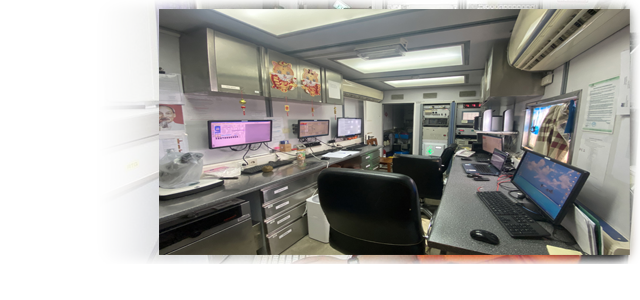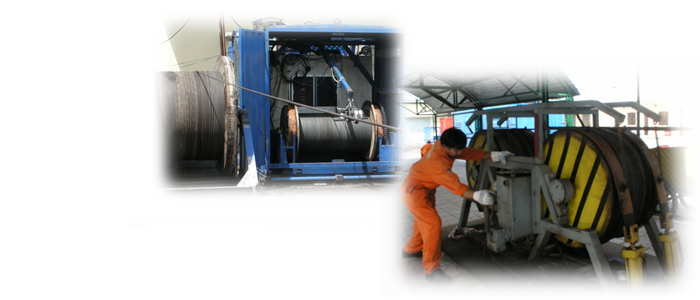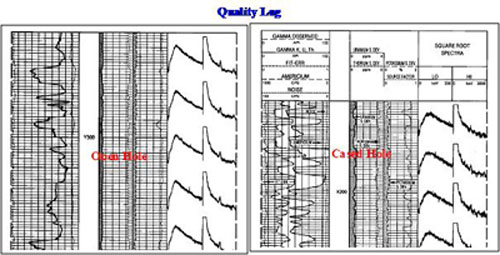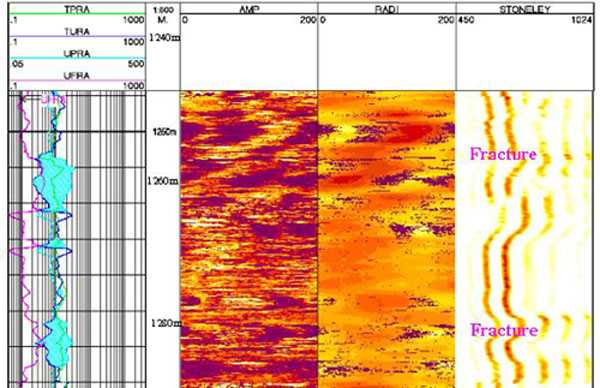L&TD
LOGGING & TESTING DIVISION

Compensated Spectral Natural Gamma Ray
|
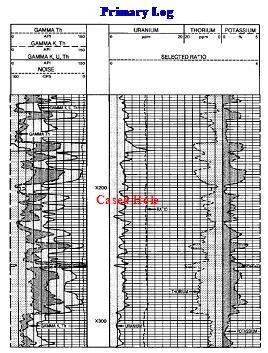 |
| In order to use the latest technique of wireline logging and for more accurate lithology analysis of sedimentary and basement rock from 1997, Vietsovpetro L&TD has been using Halliburton’s CSNG™.
CSNG™ provides highly accurate measurements of potassium, uranium, and thorium by detecting the gamma rays they emit. The concentrations of these elements reveal petrological information to help ensure clean rock is not mistaken for shale or clay. For example: with a standard gamma ray log, high gamma ray counts are frequently interpreted as shale. In the same environment, the CSNG could correctly attribute high gamma ray counts to the presence of uranium or potassium and correctly identify the rock as a potential reservoir. |
|
The CSNG measures the entire gamma spectrum, from 0 to 3000 keV, in both open and cased holes, producing both a primary and a quality log in real-time.
|
 |
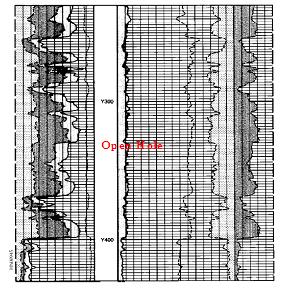 |
|
|




